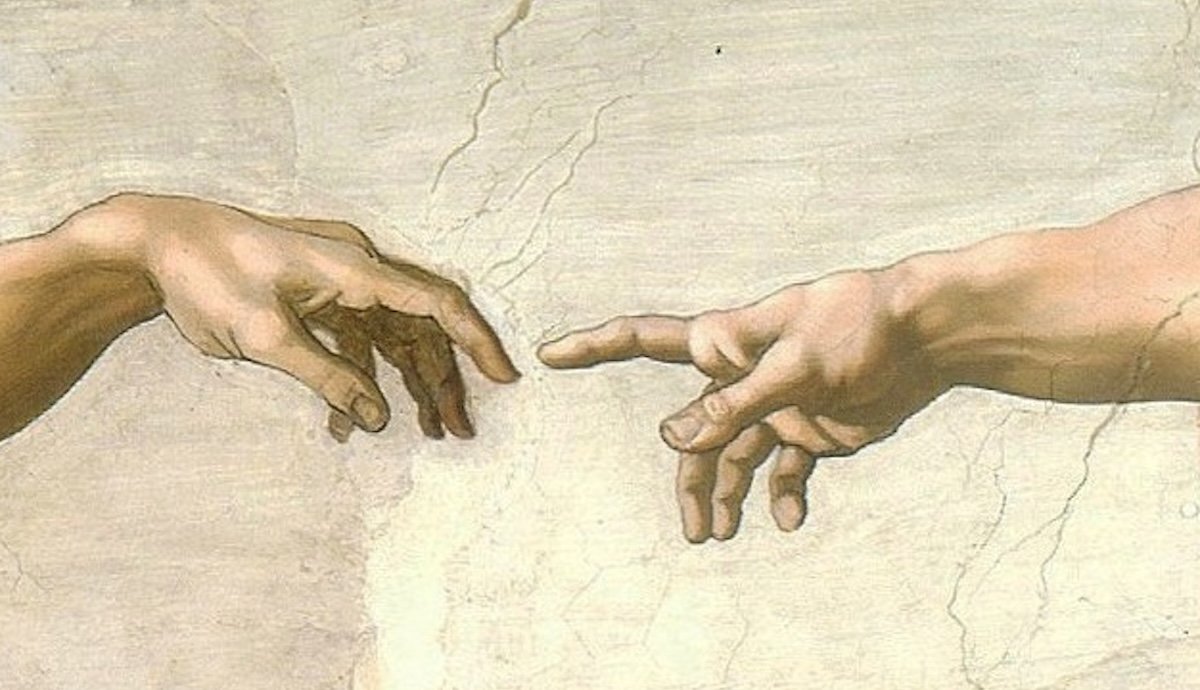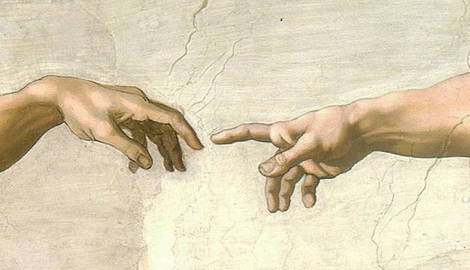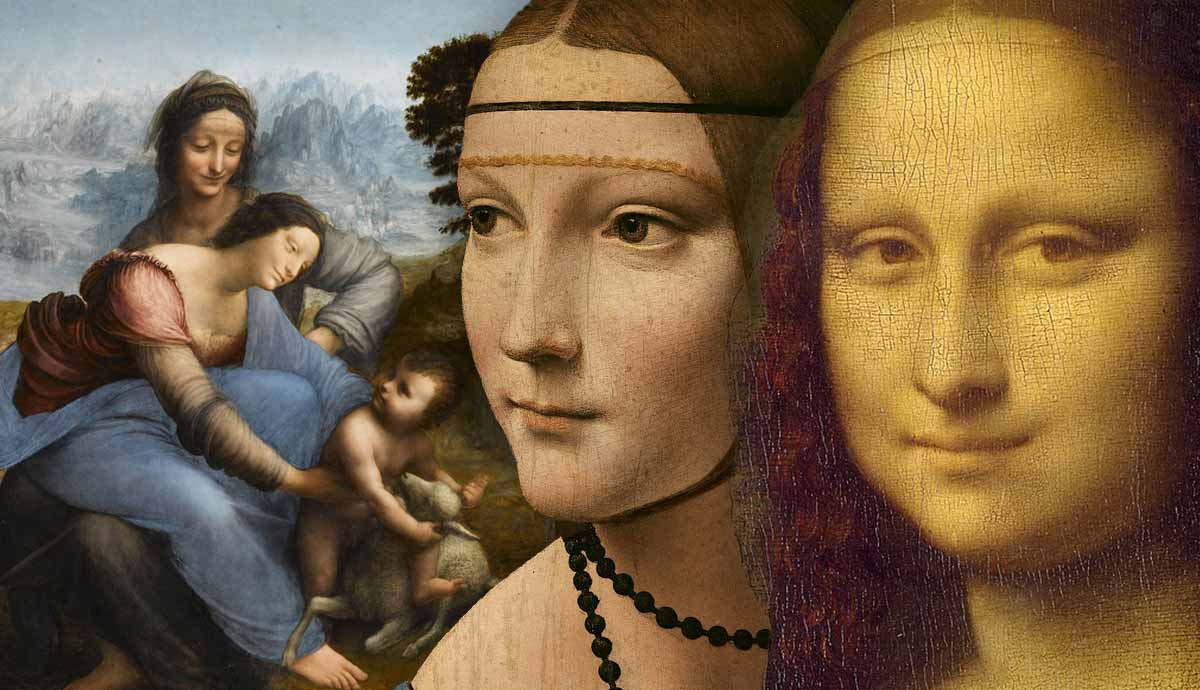
More than an artistic movement, the Renaissance was a revolution in how people understood the world and their place in it. Some of the era’s most telling insights happen to be hidden in its most famous paintings. From Italy to Northern Europe, the seven works below reveal seven fascinating facets of the Renaissance.
1. Botticelli’s Primavera: The Rise of Humanism and Pagan Myth

A celebration of spring and beauty, Sandro Botticelli’s Primavera revives Greco-Roman mythology at a time when Christian art dominated Europe. Commissioned for a Medici wedding, Botticelli‘s iconic Renaissance painting is filled with symbols of fertility and abundance, a coded blessing for prosperity. It reflects the influence of Neoplatonic thought, which merged classical philosophy with Christian ideas.
Renaissance Secret Revealed: In an age reclaiming its classical heritage, Botticelli’s Primavera embodies the Italian Renaissance notion that ancient myth could enrich Catholic morality, elevating human intellect and love as divine virtues.
2. Leonardo’s Last Supper: A New Vision of the Divine

Painted on the refectory wall of Santa Maria delle Grazie in Milan, Leonardo da Vinci’s The Last Supper captures an important biblical moment. Christ announces that he will be betrayed by someone at the table. Each apostle in attendance has a unique, emotional reaction to this news.
The Last Supper employs a precise mathematical perspective to draw the viewer’s gaze toward Christ at the center. The composition showcases Leonardo’s mastery of anatomy, gesture, and spatial harmony, which creates a dynamic yet hierarchical scene.
Renaissance Secret Revealed: By giving each apostle distinct emotional and physical presence, Leonardo presents faith as a deeply personal experience. This reflects the Renaissance embrace of human individualism and the idea that each person could relate to the divine in their own way.
3. Raphael’s School of Athens: Classical Knowledge Reborn

Raphael’s School of Athens gathers history’s greatest thinkers into a single imagined scene. Plato, Aristotle, Socrates, and other ancient figures are shown in animated discussion, surrounded by grand classical architecture. Commissioned by Pope Julius II for the Vatican’s Apostolic Palace, the fresco blends portraiture of Renaissance contemporaries with the revered philosophers of antiquity, symbolically merging past and present.
Renaissance Secret Revealed: Raphael‘s painting illustrates the resurgence of classical philosophy during the Renaissance. Thinkers of the era believed the wisdom of the ancients was essential to building a more enlightened society.
4. Michelangelo’s The Creation of Adam: Humanity’s Divine Connection

On the ceiling of the Sistine Chapel, Michelangelo’s The Creation of Adam depicts the biblical moment when God gives life to Adam, their outstretched hands almost touching. The composition envisions man and God as mirrored, parallel forms. Their reaching fingers, nearly touching, went on to become an enduring symbol of vitality and consciousness.
Renaissance Secret Revealed: This was a radical image for its time. Michelangelo‘s painting suggests that humanity’s creative and intellectual power was not secondary to God’s but a reflection of it, echoing the Renaissance celebration of human dignity and potential.
5. Van Eyck’s Arnolfini Portrait: Art as Contract, Status, and Devotion

Jan van Eyck’s Arnolfini Portrait is remarkably rich in symbolism—from the single candle suggesting sacredness, to the faithful dog signifying fidelity. The finely rendered fabrics, mirror reflections, and inscriptions demonstrate the artist’s technical mastery. They also indicate the wealth and status of the portrait’s subjects.
Renaissance Secret Revealed: Works like Van Eyck‘s portrait were popular in the merchant cities of the Northern Renaissance, especially in regions moving toward Protestant reform. Instead of grand church commissions with overtly religious imagery, these audiences favored smaller domestic works, which more subtly showcased their moral values.
6. Titian’s Assumption of the Virgin: The Drama of Faith and Light

Titian’s Assumption of the Virgin shows the Virgin Mary rising toward heaven, surrounded by angels, while the apostles gaze upward in awe. The image dominates the altar of the Basilica di Santa Maria Gloriosa dei Frari in Venice.
The glowing reds and golds of this Renaissance painting reflect the Venetian tradition of colorito, which favored rich color and atmosphere over strict linear design. Monumental in scale and full of motion, Titian‘s work transformed the church interior into a showcase for divine drama and Venetian visual identity.
Secret Revealed: The Assumption captures the Venetian Renaissance’s mix of artistic innovation, maritime wealth, and civic pride, turning a sacred image into a bold statement of Venice’s cultural and political stature.
7. Piero della Francesca’s Flagellation of Christ: Sacred Mystery Meets Mathematical Order

Quiet and enigmatic, Piero della Francesca’s Flagellation of Christ places the biblical scene in the background under a classical portico. Three contemporary figures dominate the foreground. The geometry of the Renaissance painting is flawless, the architecture balanced, and the light precise. These factors give the scene an uncanny calm despite its violent subject.
Renaissance Secret Revealed: Piero‘s work exemplifies the Renaissance search for divine order within earthly reality, where mathematics and proportion became tools to interpret the mysteries of faith.










